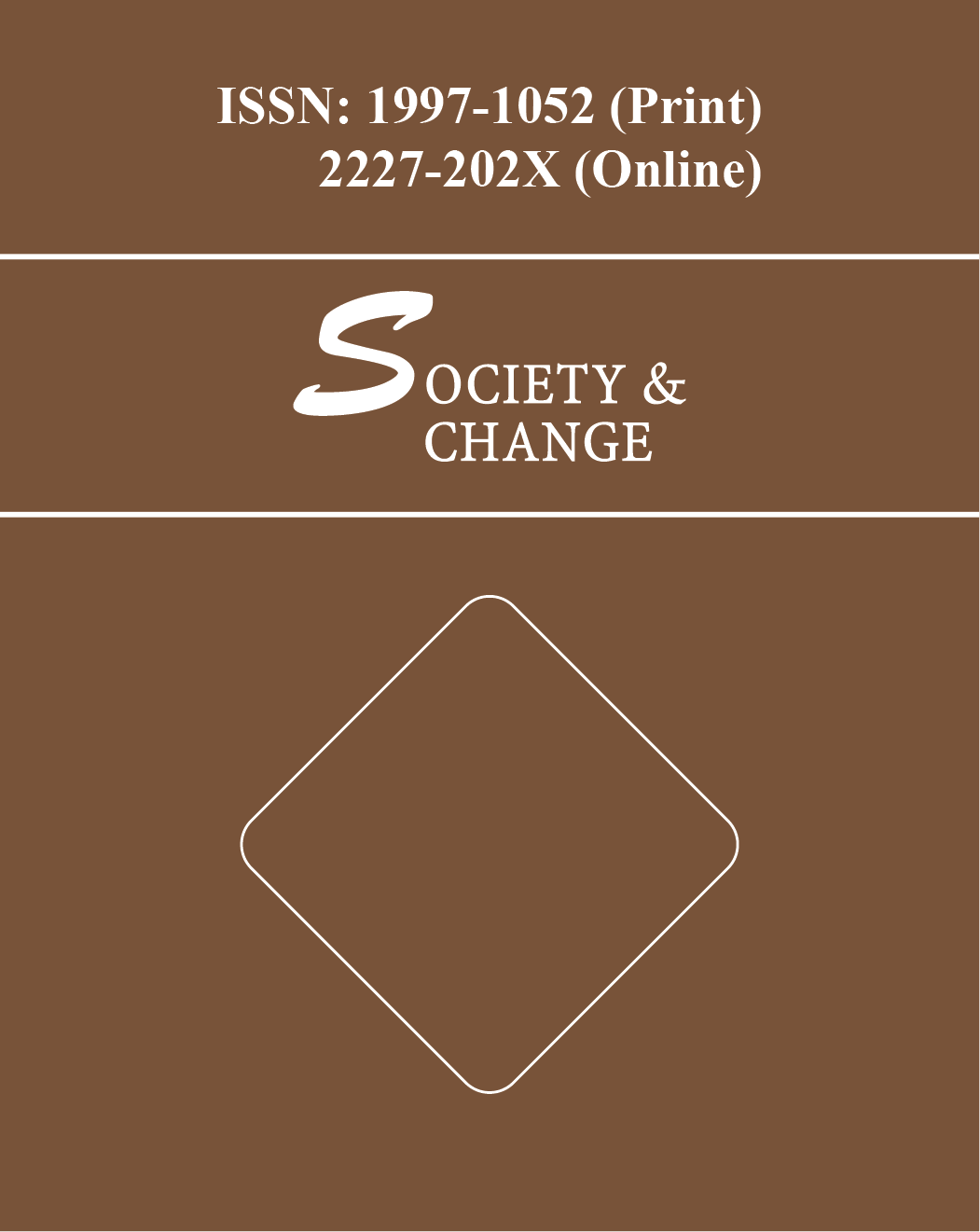Internal migration is increasing day by day and over the world, the nature of this migration is splitting into various dimensions. Female domestic workers work in urban areas coming from rural areas and face many problems with the newly working environment. The main purpose of this study was to assess the causes and effects of domestic worker’s migration on their life style. Survey method was carried out to conduct the research in Noagaon Sadar, Noagaon, Bangladesh during September to December, 2017. Random sampling technique was used to collect data and total sample size was 100. The study showed that eighty percent workers had to work four to seven hours a day to maintain their families. Both income and saving had been increased significantly after their migration (p<0.001). Age, religion, educational attainment, types of families, marital status, number of family member and having relation with close relatives had an impact on their choice of internal migration. Univariate analysis showed that marital status, duration of working hour and number of working houses played a part for their monthly income. An association between female domestic worker’s age and her leisure time passing was found as a member of non-governmental organizations. From multinomial logistic regression it is seen that age, educational attainment, monthly income and position in the family of the respondents had an effect on their voting behavior (χ²-187.781, df-54 and p <0.001).



 INSEARCH 2025: 10th International Integrative Research Conference on Governance in Society, Business and Environment
INSEARCH 2025: 10th International Integrative Research Conference on Governance in Society, Business and Environment